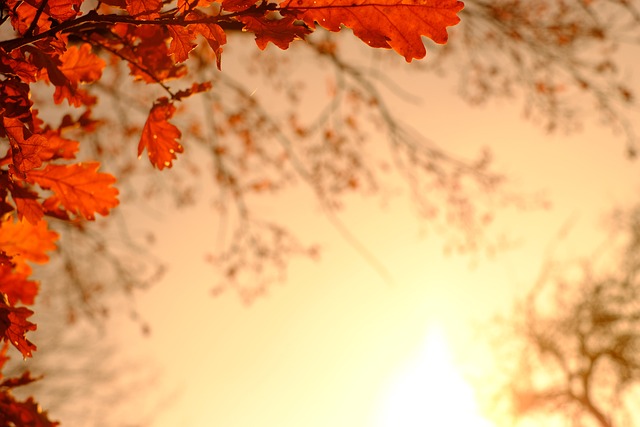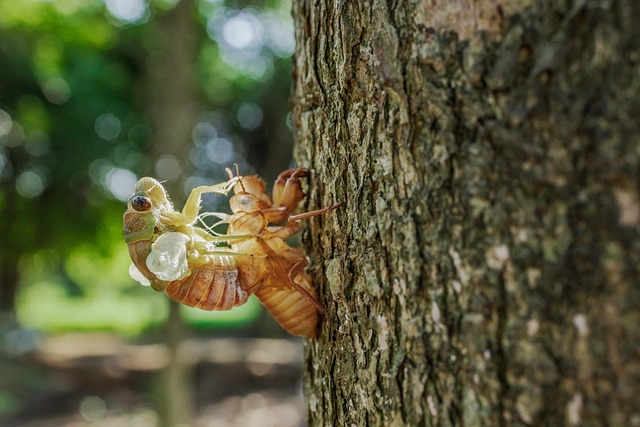Coloring is not just an activity; it’s an experience that allows us to express our emotions and creativity. One of the key elements that can elevate your coloring experience is light. Whether you’re a seasoned artist or just starting, understanding how light interacts with colors can dramatically enhance your artwork.
The Role of Light in Coloring
Have you ever noticed how colors change under different lighting conditions? The way light hits a surface can alter not only the hue but also the vibrancy of the colors you use. Bright, natural light can bring out the true essence of your pigments, making them appear more vivid and pronounced. In contrast, dimmer or artificial light might wash those colors out, leaving your artwork lacking the vibrance it deserves.
Natural Light: Your Best Friend
When it comes to coloring, natural light is incomparable. It’s soft yet illuminating, providing a balanced spectrum that enhances every stroke you make. Try to color near a window during the day when the sun is high in the sky, allowing its rays to bathe your colors in warmth. You might find that your pastels become bolder, and your watercolors bloom with life under this natural glow.
Understanding Shadows and Depth
Another fascinating aspect of light is how it creates shadows and depth in your coloring. By understanding where the light comes from and how it casts shadows, you can add dimension to your work. Practicing with gradients and highlighting can bring your images to life, making them look three-dimensional. Use darker shades on the opposite side of your light source to create contrast and depth, ensuring your coloring pops off the page.
Artificial Light: Finding the Right Balance
If you find yourself coloring at night or in low-light conditions, don’t despair. Choosing the right type of artificial light can make all the difference. Opt for daylight LED bulbs that mimic natural light. These not only help you see the true colors you’re working with, but they also minimize eye strain during longer coloring sessions. Position your lighting to avoid glare, and experiment with angles to see how the light enhances your work.
Experiment and Play
The beauty of coloring lies in experimentation. Take your time to play with colors at different times of the day or under various lighting conditions. Observe how the light affects your chosen mediums, and don’t hesitate to tweak your palette based on these revelations. Embracing the harmony between light and color can lead to stunning results in your artwork.
Ultimately, understanding how to harness light can transform your coloring from a simple pastime into a captivating artistic journey. So the next time you pick up your coloring tools, consider the light around you, and watch as it illuminates your creative path.


